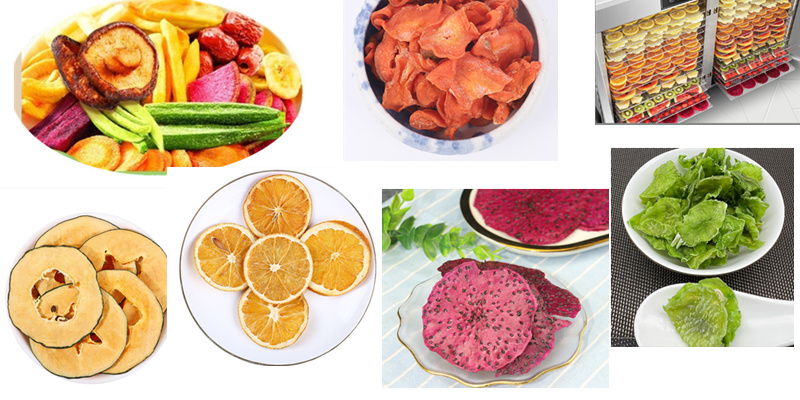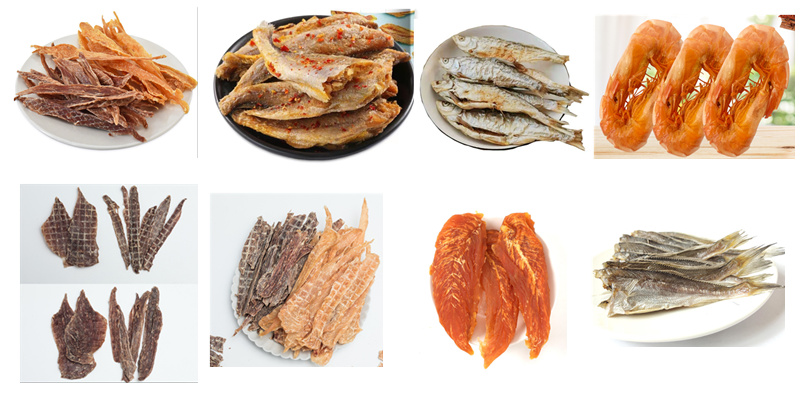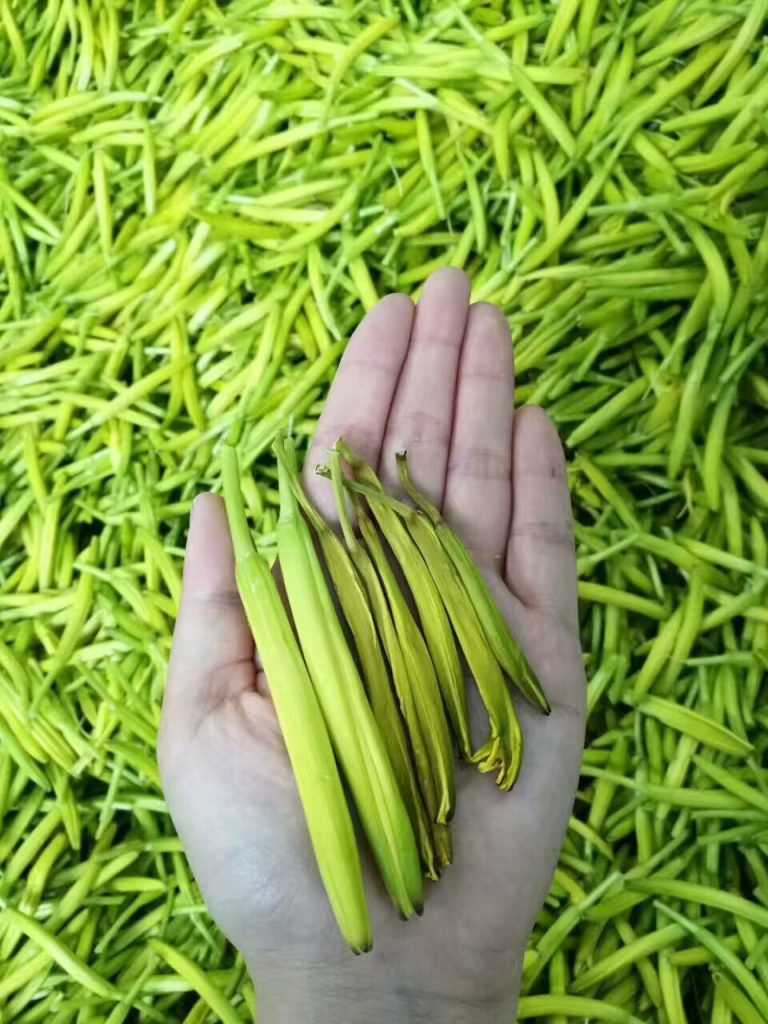Table of Contents
Benefits of Using a Box food dryer machine for Home Food Preservation
Preserving food at home has been a practice since ancient times, but modern technology has greatly advanced the methods available for this purpose. One such innovation is the box food dryer machine. This device is designed to remove moisture from food items, thus extending their shelf life and preserving their nutritional value. In this article, we will explore the benefits of using a box food dryer machine for home food preservation.
First and foremost, a box food dryer machine offers convenience to home cooks and food enthusiasts. Unlike traditional methods of food preservation, such as sun drying or air drying, which require constant monitoring and manual intervention, a box food dryer machine automates the process. Users simply need to place the food items in the designated trays or racks, set the desired temperature and time, and let the machine do the rest. This hands-off approach saves time and effort, allowing individuals to preserve larger quantities of food with minimal supervision.

Moreover, box food dryer machines are highly versatile and can accommodate a wide range of food items. From fruits and vegetables to meats, herbs, and even flowers, these machines can effectively dry almost any type of food. This versatility allows users to experiment with different recipes and ingredients, creating custom blends and flavor combinations that suit their preferences. Additionally, drying food at home ensures quality control, as users can select fresh, high-quality ingredients and monitor the entire drying process from start to finish.
In addition to convenience and versatility, using a box food dryer machine offers economic benefits. By preserving surplus produce and extending the shelf life of perishable items, individuals can reduce food waste and save money in the long run. Furthermore, homemade dried foods are often more cost-effective than store-bought alternatives, especially when considering the markup on commercially processed goods. Investing in a box food dryer machine can thus lead to significant savings over time, making it a worthwhile addition to any kitchen.

Another advantage of using a box food dryer machine is the preservation of nutritional value. Unlike canning or freezing, which can cause some nutrient loss, drying food preserves most of its original vitamins, minerals, and antioxidants. This is because the low heat used in dehydration does not denature enzymes or destroy heat-sensitive nutrients. As a result, dried fruits, vegetables, and other foods retain their nutritional integrity, providing a healthy and convenient snack option for individuals and families.
Furthermore, dried foods are lightweight and compact, making them ideal for storage and transportation. Whether camping, hiking, or traveling, dried fruits, jerky, and other dehydrated snacks are easy to pack and carry, requiring no refrigeration or special handling. This makes them perfect for on-the-go snacking or emergency preparedness, ensuring that individuals always have access to nutritious food wherever they go.
In conclusion, a box food dryer machine offers numerous benefits for home food preservation. From convenience and versatility to economic savings and nutritional preservation, this innovative appliance provides an efficient and effective way to extend the shelf life of perishable items and create delicious, healthy snacks. Whether you’re a seasoned chef or a novice cook, investing in a box food dryer machine can revolutionize your approach to food preservation and open up a world of culinary possibilities.
Step-by-Step Guide: How to Use a Box Food Dryer Machine Effectively
A box food dryer machine, also known as a food dehydrator, is a valuable appliance for preserving fruits, vegetables, meats, and herbs by removing moisture. This process extends their shelf life while retaining most of their nutrients and flavors. Whether you’re a seasoned home cook or an aspiring food enthusiast, mastering the use of a box food dryer machine can elevate your culinary repertoire. Here’s a step-by-step guide on how to use this appliance effectively.
Firstly, it’s essential to prepare your food items for dehydration. Wash fruits and vegetables thoroughly, remove any blemishes, and slice them evenly to ensure consistent drying. For meats, trim excess fat and slice them thinly. Herbs should be cleaned and dried before placing them in the dryer.
Once your ingredients are prepped, arrange them in a single layer on the drying trays, making sure to leave space between each piece for adequate air circulation. Avoid overcrowding, as this can hinder the drying process and lead to uneven results.

Next, select the appropriate temperature and drying time for the type of food you’re drying. Most box food dryer machines offer adjustable temperature settings ranging from 95°F to 165°F (35°C to 74°C). Delicate fruits and herbs typically require lower temperatures, while meats and vegetables may need higher temperatures to ensure thorough dehydration. Refer to the manufacturer’s instructions or a reliable drying guide for specific temperature and time recommendations.
Once you’ve set the temperature and timer, allow the box food dryer machine to work its magic. It’s essential to periodically check the progress of your food throughout the drying process, rotating trays if necessary to ensure even drying. Depending on the type and thickness of the food, dehydration can take anywhere from a few hours to a couple of days.
As your food begins to dry, you’ll notice changes in texture and appearance. Fruits and vegetables will shrink and become leathery, while meats will turn dark and brittle. Herbs will retain their vibrant colors and aromatic fragrance. To test for doneness, remove a piece of food from the dryer and allow it to cool. It should be firm and leathery, with no signs of moisture.
Once your food is fully dehydrated, allow it to cool completely before storing it in airtight containers or vacuum-sealed bags. Proper storage is crucial to maintaining the quality and freshness of your dried goods. Store them in a cool, dry place away from direct sunlight, and use them within a few months for optimal flavor and texture.
In conclusion, mastering the use of a box food dryer machine can open up a world of culinary possibilities. By following these simple steps, you can effectively preserve a variety of foods and enhance your cooking repertoire. Whether you’re making homemade snacks, trail mix, or adding depth to your favorite recipes, a food dehydrator is a valuable tool in any kitchen arsenal. So go ahead, experiment with different ingredients, and enjoy the convenience and flavor of homemade dried foods.
Exploring Different Types and Features of Box Food Dryer Machines
Exploring Different Types and Features of Box Food Dryer Machines
Food dehydration is a time-honored method of preserving perishable items, dating back centuries. In modern times, box food dryer machines have revolutionized this process, offering convenience and efficiency to both home cooks and commercial producers. But what exactly is a box food dryer machine, and what features distinguish one model from another?
A box food dryer machine, also known as a food dehydrator, is a kitchen appliance designed to remove moisture from various foods, thus extending their shelf life while retaining most of their nutritional value and flavor. These machines typically consist of a box-shaped enclosure with trays or shelves on which the food is placed for drying. The process involves circulating air at a controlled temperature, effectively evaporating moisture from the food.
One of the primary benefits of using a box food dryer machine is its versatility. These appliances can dry a wide range of foods, including fruits, vegetables, herbs, meats, and even flowers for decorative purposes. This flexibility allows users to create a variety of snacks, ingredients, and pantry staples at home, reducing food waste and promoting self-sufficiency in the kitchen.
When exploring different types of box food dryer machines, there are several key features to consider. Temperature control is essential for achieving optimal drying results, as different foods require specific temperature settings to retain their quality. Look for models with adjustable temperature settings to accommodate various drying needs.
Another important feature is airflow design. Proper air circulation is crucial for uniform drying and preventing moisture buildup, which can lead to spoilage. Some box food dryer machines utilize horizontal airflow, while others employ vertical airflow or a combination of both. Evaluate the airflow system to ensure efficient drying across all trays or shelves.
Capacity is also a significant factor to consider, especially for those who plan to use the food dehydrator frequently or for large batches of food. Machines with multiple trays or expandable capacity offer greater flexibility and efficiency, allowing users to dry more food at once without overcrowding the appliance.
Additionally, consider the materials used in construction. Stainless steel and BPA-free plastic are common materials for box food dryer machines, offering durability and food safety. Opt for models with removable trays or shelves for easy cleaning and maintenance.
For those seeking added convenience, some box food dryer machines come equipped with programmable timers and automatic shutoff features. These functions allow users to set specific drying times and temperatures, freeing them from constant monitoring and ensuring consistent results.
In conclusion, box food dryer machines are valuable tools for preserving food and expanding culinary possibilities. By understanding the different types and features available, consumers can select a model that best suits their needs and preferences. Whether used for home cooking, meal preparation, or commercial production, a quality food dehydrator can enhance the way we approach food preservation and consumption.

